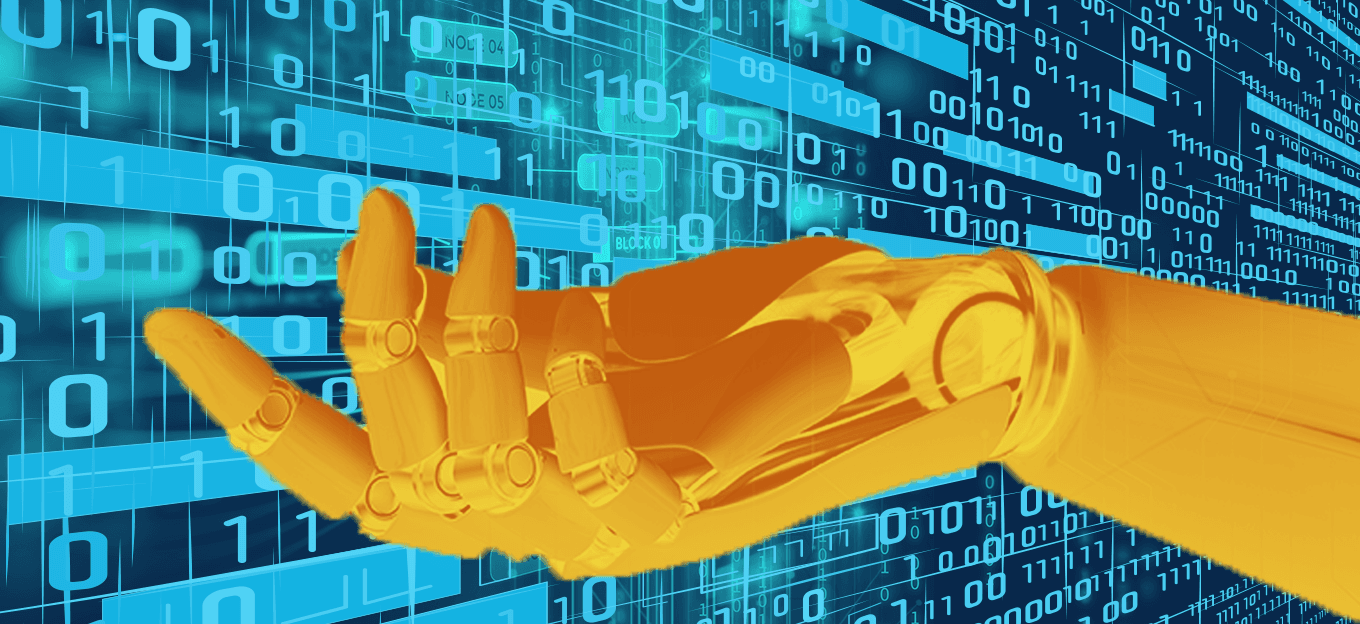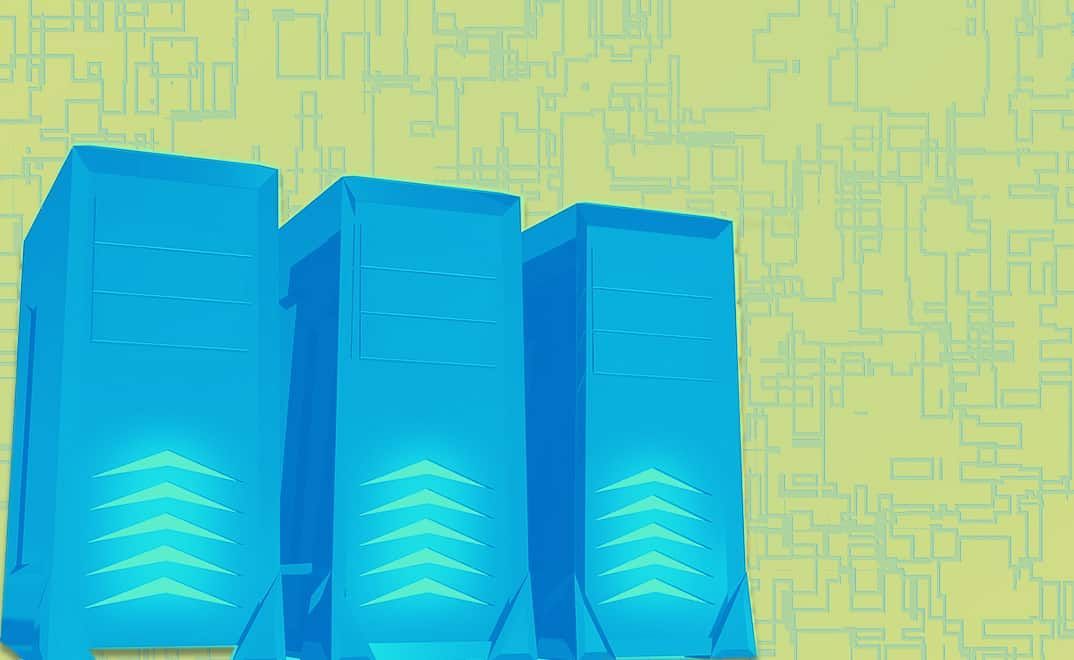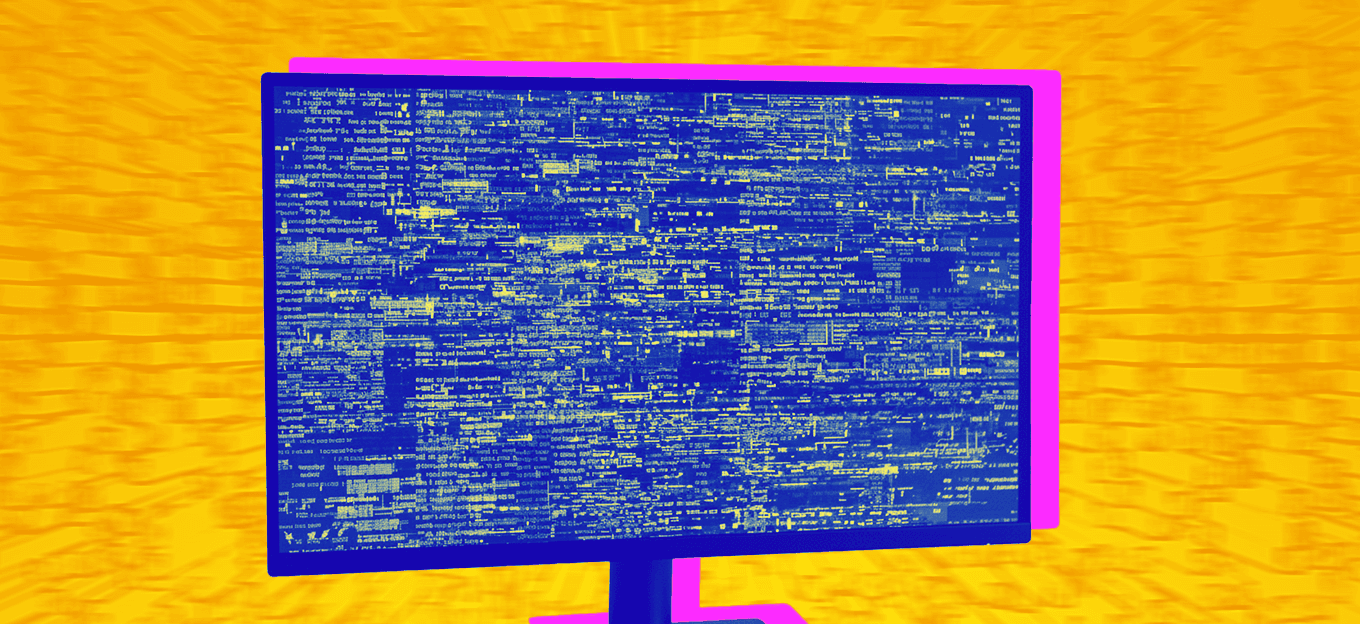AI Teams up with IoT to Help Cities Survive Crises
AI Teams up with IoT to Help Cities Survive Crises
- Last Updated: December 2, 2024
Arm
- Last Updated: December 2, 2024



COVID-19 has irrevocably changed the world. Economies came to a near-standstill, and while we see the first vaccinations administered, the complete reopening of countries and businesses won’t be easy. Although the pandemic is far from over, governments and businesses are cautiously planning reopening strategies, as we start to return to some form of normality. Much of the workforce has been redistributed remotely to homes due to physical distancing and increased hygiene concerns, prompting companies to put their automation plans into overdrive. And hospitals and health clinics, which are among the few facilities that have surged to capacity, have a new, urgent need for contactless consultations and apps that can assist in treating patients from afar. The time has come for us to look at how AI teams up with IoT to help.
Artificial Intelligence will play a growing role in many IoT applications that will help societies not only survive, but thrive, amid and post Coronavirus pandemic.
The decade before the pandemic saw machines become increasingly more intelligent as AI emerged. Today, as cities, governments, and businesses focus their attention on safety and urban resilience, they will also be forced to accelerate their digital transformation strategies. Artificial Intelligence (AI) will play a growing role in some of the Internet of Things (IoT) applications that will help societies not only survive, but thrive both amid and after the pandemic.
The Value of Real-Time Data Streams
Just before the pandemic, the Internet of Things (IoT) Business Index 2020, a survey and report launched by the Economist Intelligence Unit (EIU), showed that only 33 percent of respondents had adopted predictive maintenance while just over half (55 percent) planned to adopt it within the next three years. This leaves a tremendous amount of unused or lost data as well as untapped business opportunities for many companies.

The relationship between AI and IoT is symbiotic — the EIU report shows that 92 percent of survey respondents believe that IoT data is either at least one of the many sources or that it is the primary source of companies’ current and planned use of AI. IoT sensors collect vast stores of data that provide the raw material for AI-based applications that can analyze real-time IoT data streams, identifying patterns and anomalies that provide predictive insights that in turn can lead to more efficient automated actions.
Exciting new markets and opportunities will be sparked by the convergence of these technologies. Predictive modeling and AI algorithms could even help quickly analyze complex, widespread IoT data sets. Prior to the onset of COVID-19, global healthcare systems were already under tremendous strain. Amiko began working to fill some of the gaps by developing advanced sensor technologies and AI-powered digital health solutions that could assist healthcare professionals and empower patients. For example, an Amiko product called Respiro is a connected platform that connects devices, applications and analytics to support respiratory care of patients. At the heart of Respiro sits an Arm Cortex-M processor that enables AI and allows the sensor to run a real-time learning algorithm. Designed to fit patients’ inhalers, the sensor monitors how often inhalers are used as well measures inhalation lung capacity, flow rate, volume and other factors that contribute to the proper use of the device.
Considering how the overwhelming majority of companies are using IoT for AI, we imagine that the pandemic has prompted many more companies to move from small to large-scale AI deployments — using real-time data could even potentially help researchers identify the early stages of a future pandemic.
Accelerating automation in industry
Mass vaccination will not end this pandemic overnight and disruption will continue to affect enterprises, but the lessons learned will not be forgotten any time soon. COVID-19 has shortened supply chains as manufacturing becomes more regionalized, increasing the need for industrial automation technologies that can stem the further proliferation of the virus. Prior to the pandemic, automation had already infiltrated most industries — industrial IoT (IIoT) changed the way we manufacture goods while the potential for autonomous vehicles evolved our views about the future of transportation. The COVID-19 crisis simply necessitates the normalizing of new conjoined IoT and AI technologies in an effort to accelerate these endeavors.
Before COVID-19, one in five manufacturers in the US had industrial automation systems in place. Alphatronics, for example, an innovator in access technology with experience in automatic barriers, turnstiles and parking systems, built a smart, secure waste management system with Arm Mbed OS, a free, open-source embedded operating system designed to manage the “things” in IoT. This new system allows for the remote management and monitoring of waste management units, all on a secure cloud platform.
Now, amid the pandemic, one in four manufacturers are also considering expanding automation efforts as a result of the health crisis. Even minor improvements in supply chain efficiencies can save time and cut costs. IIoT networks deployed on the manufacturing plant or factory floor can feed data to AI models — this data can then be used to optimize supply chains by using real-time analytics to predict asset failure and forecast demand.
Building the smart city of the future involves incorporating smart med-tech today
Cities have been hit hard by the coronavirus, but the health crisis is also an opportunity for governments to adopt smart technology that can keep people safe going forward. This will involve aligning smart city initiatives with smart med-tech innovations.
Many enterprises are leveraging IoT and AI technologies to manage their new contact-tracing systems and help employees get back to work. For example, in May, Mist Systems launched the Juniper Mist Contact Tracing System, which uses AI-enabled tags and WiFi and IoT-powered analytics to monitor employees while handling tasks like proximity tracing and virus hot zone alerting.
The wave of development of systems that combine IoT and AI to mitigate risks to public health is growing just as fast as the spread of the virus. Heroic-Faith Medical Science, for instance, launched a fully automated device that uses AI and IoT to monitor patients’ breathing sounds — the data the device collects helps in making diagnoses, leading to early treatment. And the United States and China are developing AI-powered facial mask recognition systems while a team at the Department of Bioinformatics and Medical Engineering at Asia University has already created a system using IoT and AI that recognizes faces using infrared thermal imaging cameras.
As more governments and companies negotiate reopening strategies, they’ll also want to point a lens on digital transformation strategies that will help build safer, more resilient cities. When data-led AI teams up with IoT technology solutions, it will help cities use real-time data and predictive analytics to strengthen all industries, from healthcare to manufacturing and logistics.
The Most Comprehensive IoT Newsletter for Enterprises
Showcasing the highest-quality content, resources, news, and insights from the world of the Internet of Things. Subscribe to remain informed and up-to-date.
New Podcast Episode

The State of Cybersecurity in IoT
Related Articles


